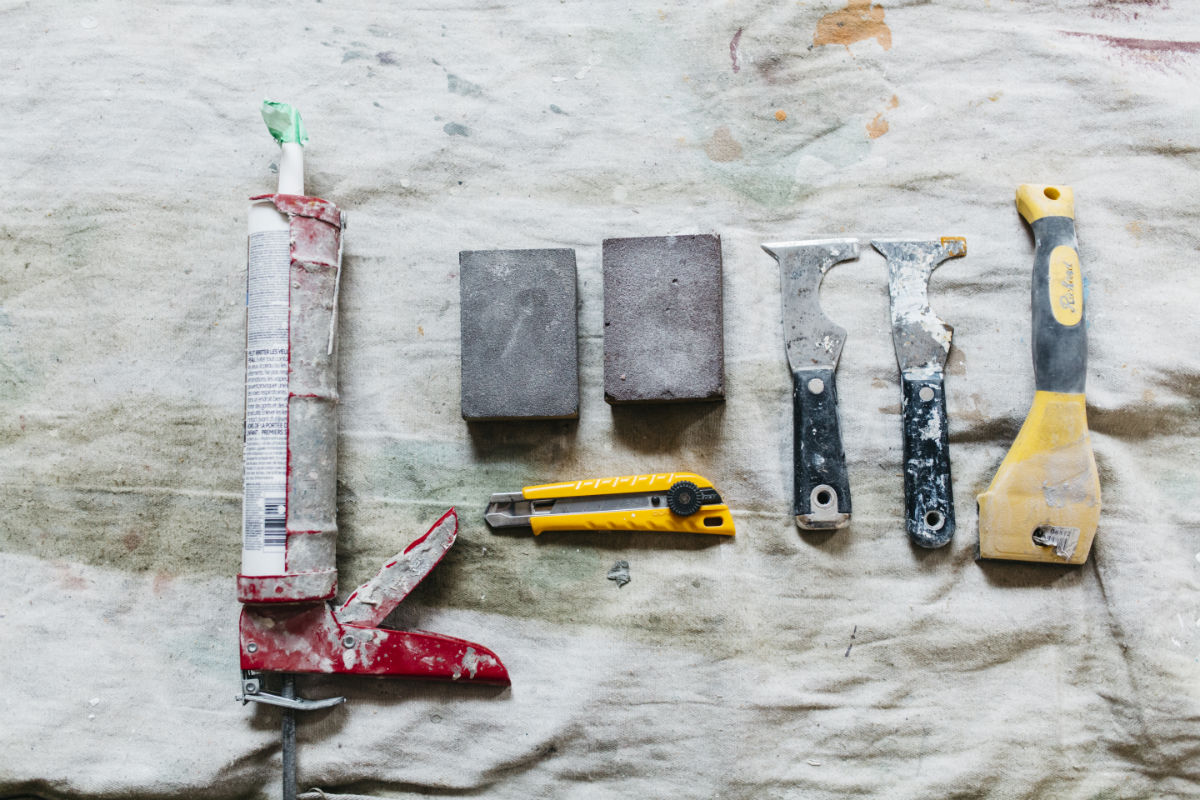A few posts ago, I mentioned how to sequence an interior painting project. Today, we will look at the proper sequence for tackling your exterior. I will list the general sequence of events next, with caveats in parenthesis if needed.
- Pressure wash your entire house (important to get rid of all dust, dirt, cobwebs etc, and allow proper adherence of your paint or stain).
- Cut out and replace any rotten wood
- Purchase a good scraper (or two) and scrape off all flaking and cracking paint
- Rough sand all exposed wood and any areas where you have scraped off old paint
- Use paintable silicone to seal any cracks along the sides of window and door frames
- Now, finally, you are ready to paint!
- You will want to prime any exposed wood before painting (unless you are using a solid stain – please see future blog on exterior stain vs paint)
Spraying your exterior:
- If you choose to spray your exterior, you will want to rent a paint sprayer (something small like a 395); however, most homeowners will roll their exterior.
- If you are spraying, you will want to mask off all windows, doors, soffit and fascia, using duct tape and paper or plastic.
- Spraying often requires back rolling (to ensure paint adheres and gets into the small cracks and crevices; it also ensure that heavy areas of paint are blended properly).
- Once the major areas are sprayed, you can unmask and paint out the door and window frames.
Rolling your exterior:
- If you are rolling, you can start rolling paint directly on to your exterior walls (you will require a thicker roller sleeve for uneven surfaces like stucco).
- Once you have rolled out your exterior walls, you can cut in (with your brush) all of the window and door trim.
- * Unlike interior sequencing, door and window trim are always done at the end of the project – after the walls are painted.

